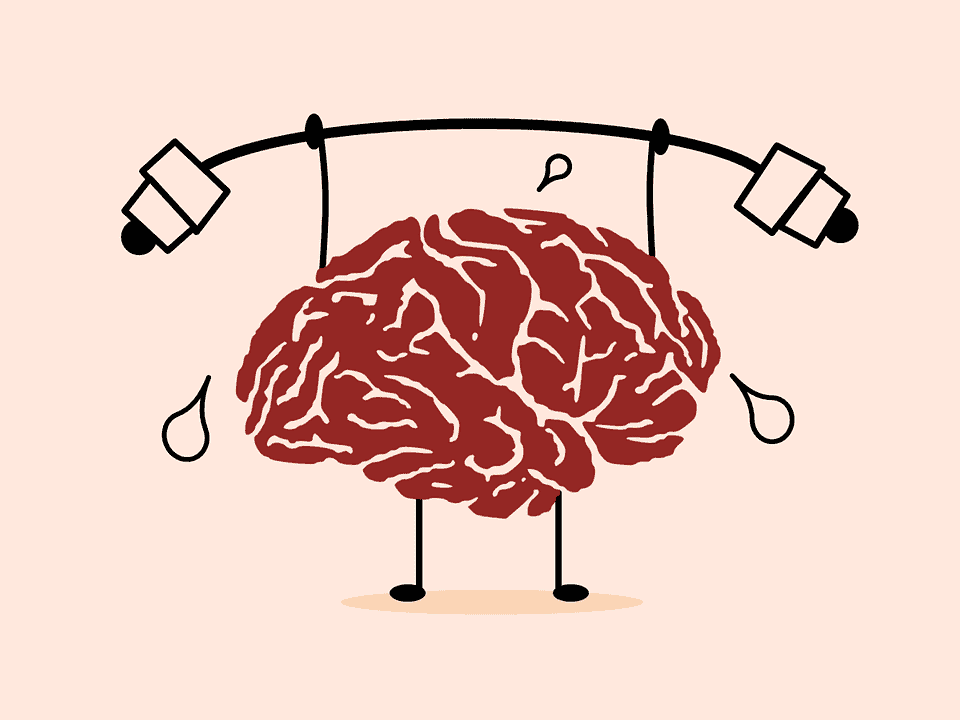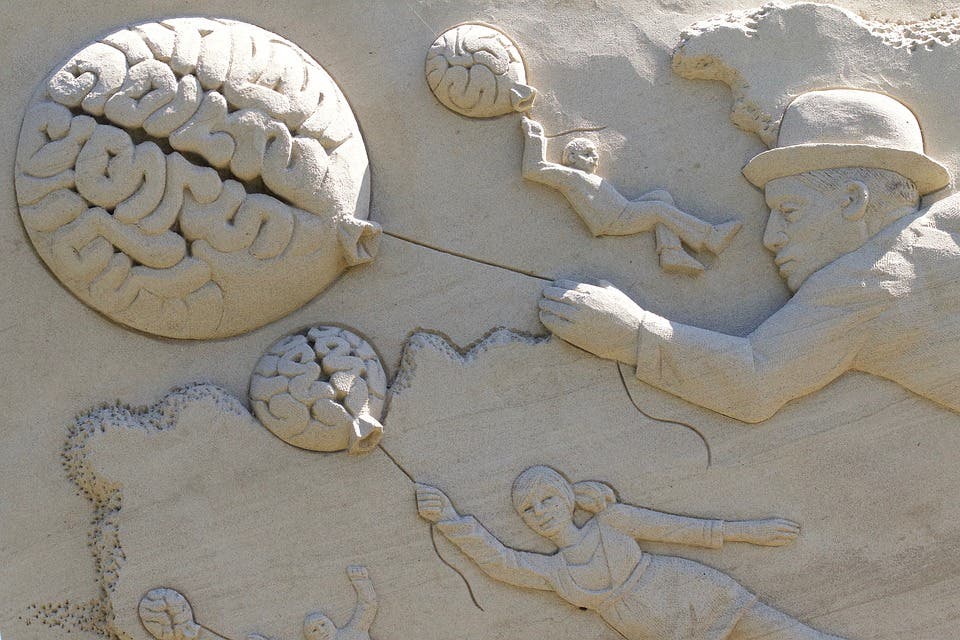Researchers have identified two different brain-wave patterns that correspond to different types of learning. They hope this discovery will allow us to help people learn faster or counteract the effects of dementia.

Playing the guitar and studying for an exam require two very different types of learning — and now, for the first time, researchers have distinguished each type by looking at the patterns of brain-waves they produce. The findings will go a long way to help researchers understand how our brains learn motor skills and handle complex cognitive tasks.
Firing just right
When neurons activate, their electrical signals combine to form brain waves that oscillate at different frequencies. A team of researchers led by Earl K. Miller, the Picower Professor of Neuroscience, at the Picower Institute for Learning and Memory and the Department of Brain and Cognitive Sciences set out to study how learning impacts these waves and gain a better understanding of how our brains learn.
“Our ultimate goal is to help people with learning and memory deficits,” notes Miller. “We might find a way to stimulate the human brain or optimize training techniques to mitigate those deficits.”
Not so long ago, scientists assumed that all learning is managed equivalently within the brain. That turned out to be wrong, as the famous case of Henry Molaison revealed. In 1953, Molaison had part of his brain removed in an attempt to bring his epileptic seizures under control and developed amnesia. He couldn’t remember eating a few minutes after he finished a meal, but he was still fully capable of learning and retaining motor skills. He, and similar patient cases, would get better at skills such as drawing a five-pointed star in a mirror but could hold no memory of ever performing the task.
Cases like this one demonstrated that our brains rely on two different learning mechanisms, dubbed explicit and implicit. Explicit learning occurs when you’re aware of what you’re learning, you’re thinking about what you’re learning, and, most importantly, you can articulate what it is that you’re learning. Memorizing part of a text or learning the rules of a new game are examples of explicit learning.
Implicit learning is, in broad terms, what you might know as motor skill learning or muscle memory. You don’t have conscious access to what you’re learning, you get better at these skills by practicing, and you can’t really articulate what you’re learning. Learning to ride a skateboard or throwing darts fall under implicit learning processes.
Some other tasks, like learning to play a new piece of music, require both kinds of learning,
All in the brain

Evan G. Antzoulatos, paper co-author and a former MIT postdoc currently located at University of California, Davis, studied the behavior of animals learning new skills and found evidence that they also rely on implicit and explicit processes. For example, in tasks that required comparing and matching two objects, the animals appeared to use both correct and incorrect answers to improve their next matches, indicating an explicit form of learning. In tasks where the animals had to move their gaze in one direction or another in response to visual patterns, their performance only improved after correct answers — which would suggest implicit learning.
More importantly, the researchers found that the different types of behavior follow different patterns of brain waves.
Explicit learning tasks caused an increase in alpha2-beta brain waves (a pattern of oscillations at 10 to 30 hertz) following a correct choice and an increase in delta-theta waves (which occur at 3 to 7 hertz) after an incorrect choice. Explicit tasks also resulted in a general increase in alpha2-beta waves, which decreased as learning progressed. Finally, the team noticed neural activity spikes in response to behavioral errors, a phenomenon known as event-related negativity, only occurred in tasks that required explicit learning. This suggests that there is a conscious learning process in which the animals’ brains can ‘tell’ when they made a wrong choice or assumption.
Miller explains that the increase in alpha2-beta waves during explicit learning “could reflect the building of a model of the task,” and that after the animals learn the task, “the alpha-beta rhythms then drop off because the model is already built.”
By contrast, in implicit learning tasks, the team observed increased delta-theta rhythms in response to correct answers and a subsequent decrease in these rhythms during learning. Miller says this pattern could be indicative of “rewiring” to help encode the motor skill during learning.
“This showed us that there are different mechanisms at play during explicit versus implicit learning,” he notes.
Roman F. Loonis, a graduate student in the Miller Lab and first author of the paper, says the findings could open up new avenues of teaching or training people to do specific tasks.
“If we can detect the kind of learning that’s going on, then we may be able to enhance or provide better feedback for that individual,” he says. “For instance, if they are using implicit learning more, that means they’re more likely relying on positive feedback, and we could modify their learning to take advantage of that.”
They could also help detect the onset of disorders such as Alzheimer’s disease at an early age. This disease destroys the brain’s ability to perform explicit learning processes, leaving only implicit learning intact. Finally, the paper shows “a lot of overlap” between implicit and explicit learning, although previous research has found that the two processes are housed in separate areas of the brain.
The paper, entitled “A Meta-Analysis Suggests Different Neural Correlates for Implicit and Explicit Learning”, has been published in the journal Neuron.


